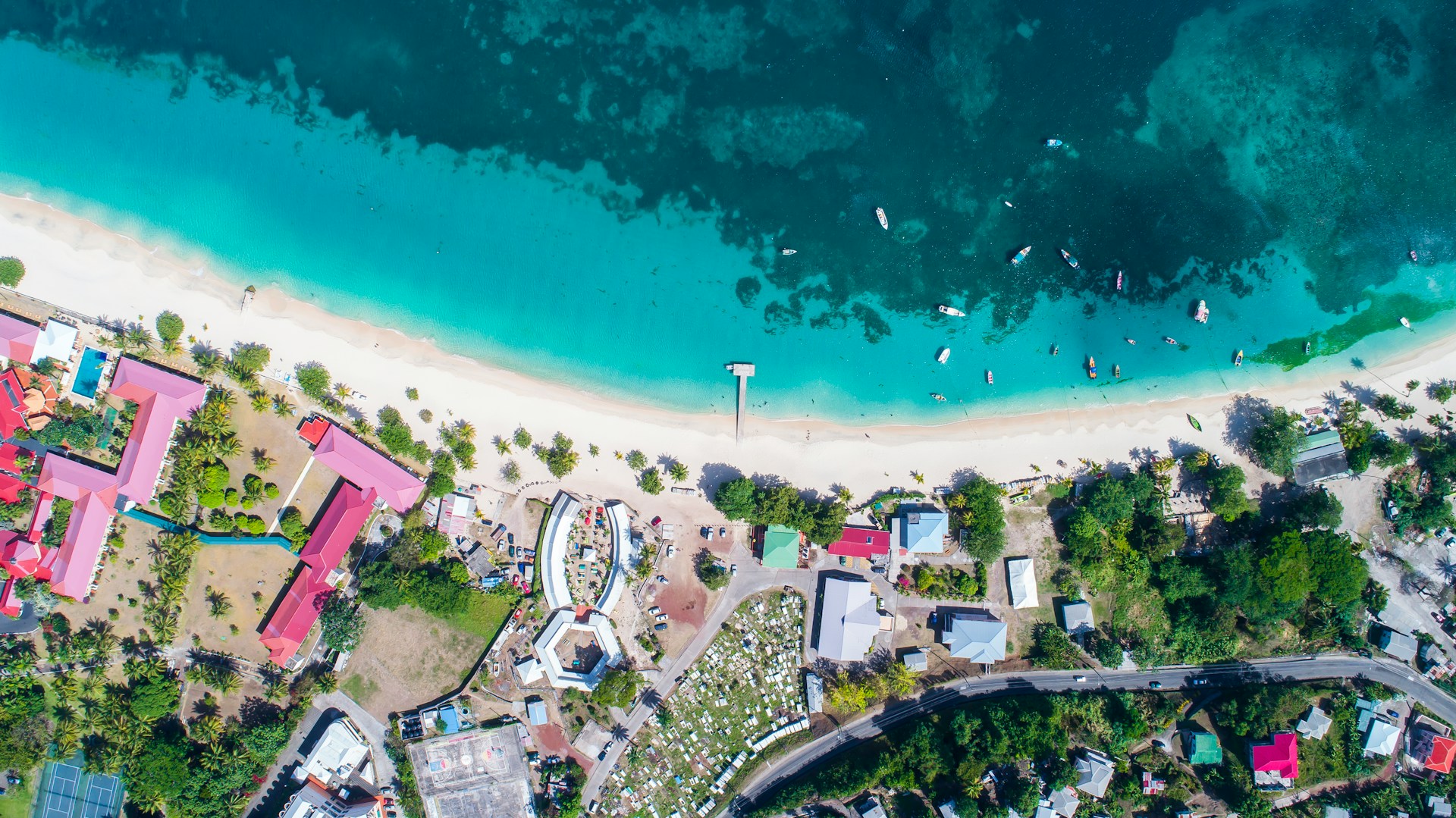Nestled in the West Indies within the Caribbean Sea, Grenada, the southernmost island in the Antilles archipelago, captivates visitors with its stunning landscapes and iconic spices like mace and nutmeg. However, amid the natural beauty, it’s crucial to be aware of the presence of dangerous animals in Grenada.
While most of the fauna contributes to the rich biodiversity, understanding the potential risks adds an extra layer of appreciation to exploring this enchanting island. From encounters with venomous creatures to specific precautions, staying informed ensures a safe and enjoyable experience in Grenada’s awe-inspiring environment.
Table of Contents
Why visit Grenada?

Grenada offers a serene environment complemented by pristine white sandy beaches, creating a perfect setting for an unforgettable experience. If it’s your first visit to the islands, get ready for a time of your life. The locals are welcoming, and the islands boast a multitude of activities and sights to explore. The region is home to diverse plant and animal species, providing a unique opportunity to witness nature’s wonders found nowhere else in the world. The dense forests on the islands house various animals and birds, ensuring a delightful time for those who choose Grenada as their holiday destination. As you plan your trip, it’s important to be aware of some dangerous animals that you might encounter during your exploration of Grenada.
Centipedes

Among the most dangerous animals in Grenada are centipedes, equipped with venomous pincers used for attacking prey. Found in forests and on beaches, when seeking accommodation or planning visits, it’s crucial to identify areas less inhabited by centipedes. The pincers of these creatures are utilized to deliver venom to their enemies.
Ticks
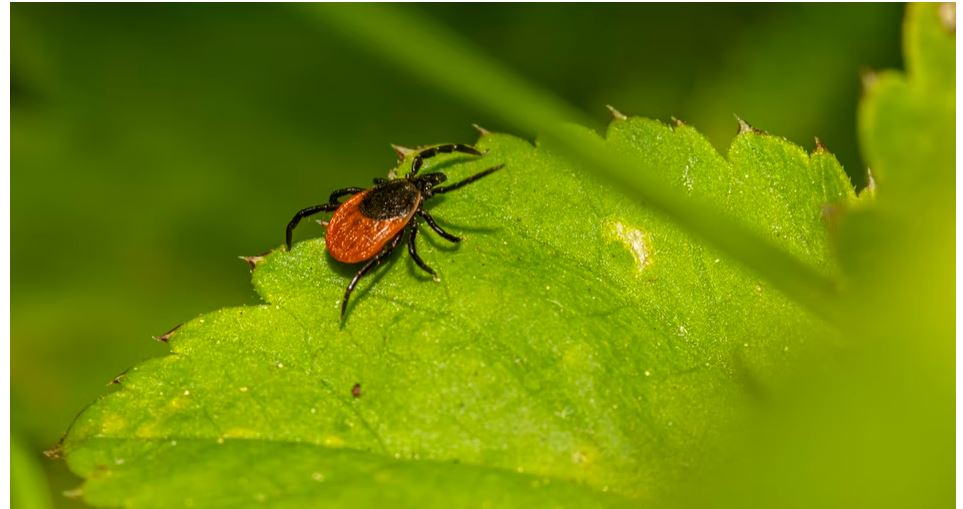
Tiny yet perilous, ticks are another species to be cautious of during your trip to the Grenadines. Ensure ample space and avoid areas inhabited by ticks, known for attaching to hosts and sucking blood. After feeding, they drop down, lay eggs, which hatch into small ticks, continuing the cycle. Ticks are carriers of bacteria causing Lyme disease.
Armadillo
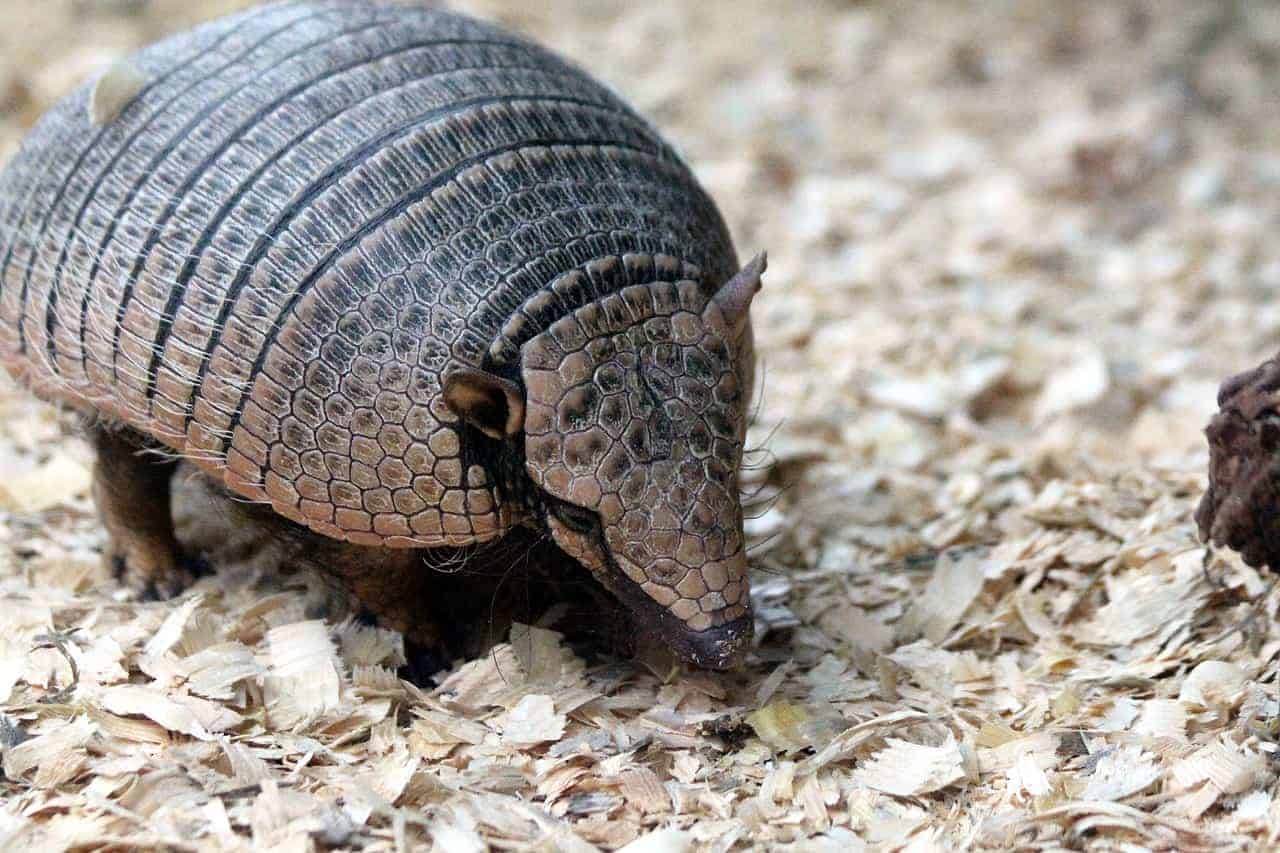
Encounters with armadillos in Grenada reveal them as reclusive animals, not roaming freely on the islands. Heavy hunting in the region has led to their reactive behavior, and their dwindling numbers prompted government efforts for protection. People in the area hunt them for meat despite their hard exoskeleton made of keratin. Armadillos, known for burrowing and consuming invertebrates, insects, and birds’ eggs, carry dangerous bacteria, urging caution in choosing locations to avoid these species.
Grenada Tree Boa Snake

One of the most dangerous species in the region, the Grenada tree boa snake is characterized by its thick girth. Though nonvenomous, these constrictors are found deep in forests, known for squeezing prey to death. Familiarizing yourself with the area is imperative to avoid altercations with these 12-feet-long, 60-pound snakes. Stay away from areas inhabited by these powerful predators.
Mongoose
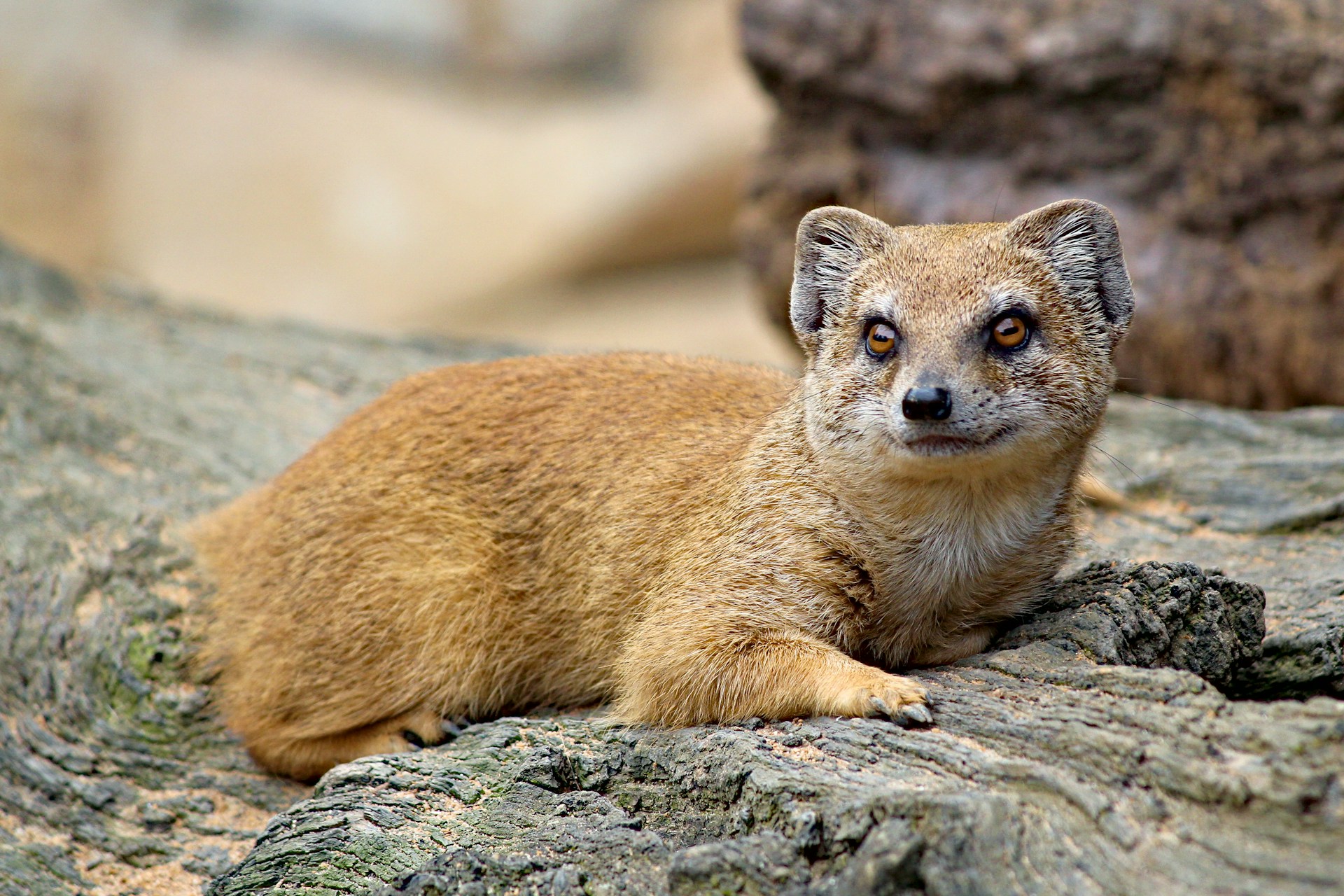
Unique to Grenada, mongooses consume various creatures, including snakes, rodents, reptiles, and other ground animals. While lacking strong predatory skills, they’ve developed exceptional antipredator abilities, making them dangerous in various attacks. Small, adaptable, and with a high rate of reproduction, encountering these creatures during your visit requires caution due to their potential to spread bacteria and viruses, leading to debilitating illnesses.
Bats

Discovering Grenada means encountering exceptional creatures like bats, which traverse the country, often residing in dark places. These nocturnal creatures, found in various parts of the country, come out at night to seek food, consuming insects, fruits, and other creatures. Some species, like fish-eating bats, thrive in the warmer climates of the Caribbean. While bats typically don’t interfere with humans, they are carriers of bacteria, viruses, and pathogens, having been associated with diseases such as SARS and coronaviruses. To stay safe, it’s advisable to avoid areas heavily inhabited by bats.
Cane Toads
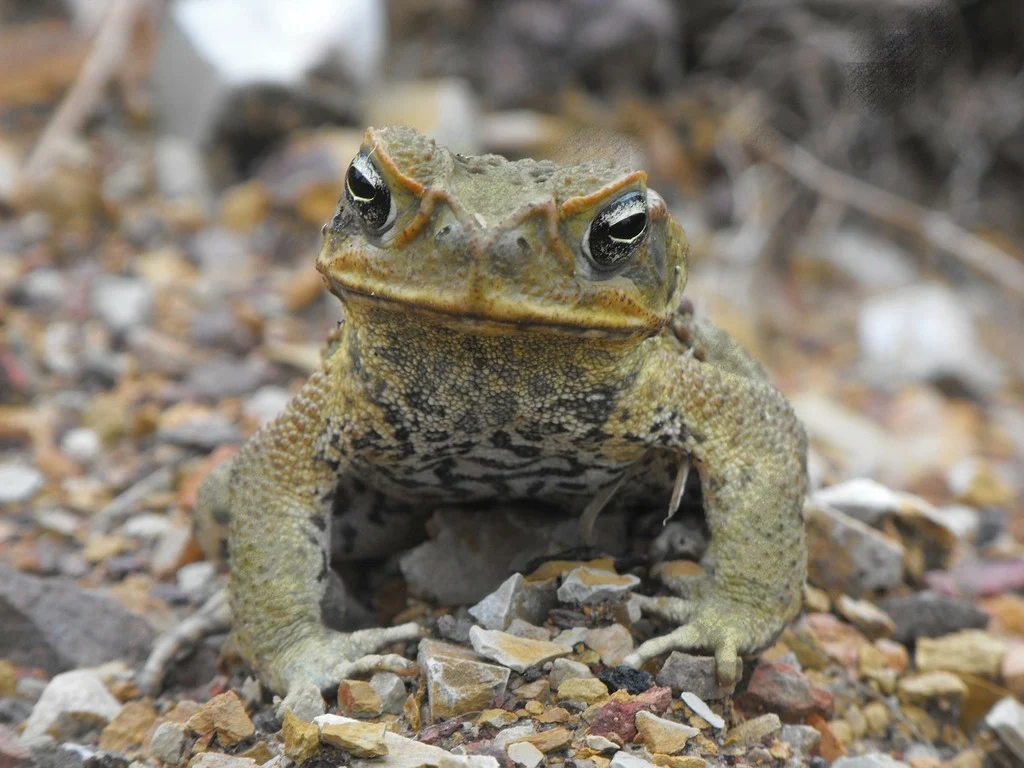
Cane toads, a potentially dangerous species, are prominent in Grenada’s rainforests. Thriving in moist areas, these toads, with venomous skin, are spread throughout the country. Caution is essential when moving in regions populated by these large toads, as they can spit hemotoxic venom, causing difficulty breathing and lowered heart pressure upon contact with the skin.
African Mona Monkey
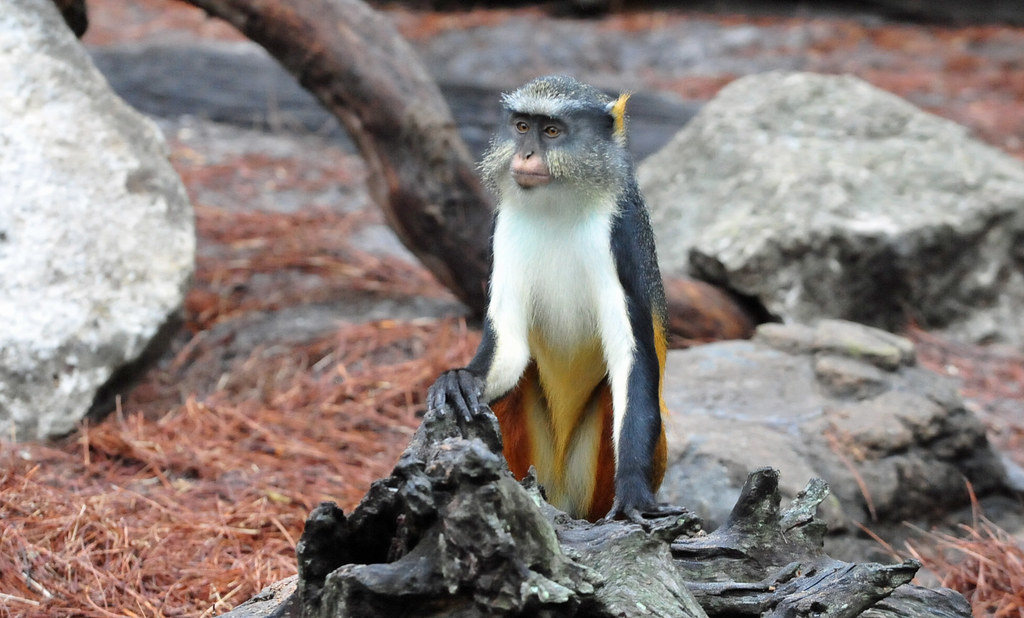
Adding to Grenada’s uniqueness is the presence of the African mona monkey, possibly introduced during the slave trade era. These adaptable monkeys inhabit forests and woodlands, living in groups of 5 to 20. While their population faced challenges from powerful hurricanes, they have since restored their numbers. However, caution is advised, especially when encountering them with babies or threatening their habitat, as they are known to be defensive.
Sea Horse
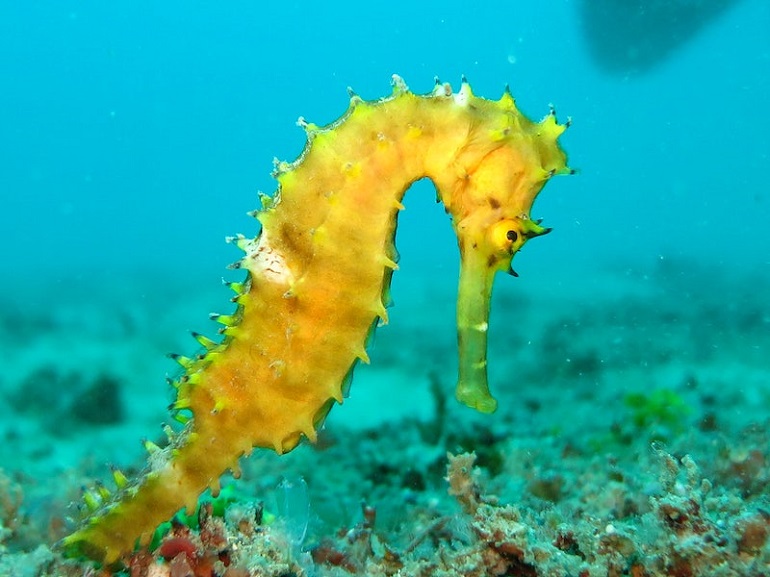
Surprisingly, one of the most dangerous creatures in Grenada is the sea horse. Despite their gentle appearance, these creatures possess a high amount of toxins that can cause central nervous system failure, cardiac issues, and respiratory failure. Immediate attention is required if venom enters the system, causing blurred vision and a lowered heart rate, potentially leading to death.
Brown Recluse Spider
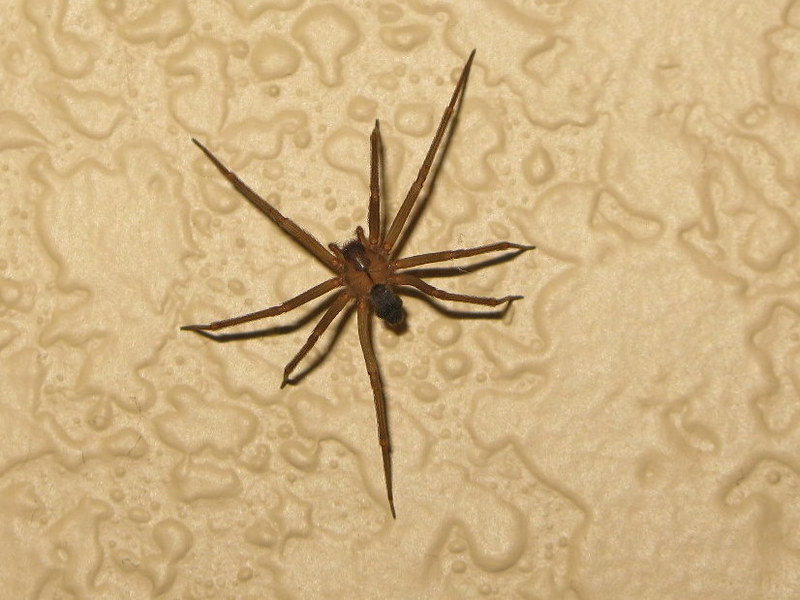
While Grenada is not known for spiders, the changing climate and human activities may introduce species like the brown recluse spider. Recognized for their potent venom, these spiders can cause severe infections, loss of bodily functions, and reduced heart rate. Forests and banana plantations should be approached with caution to avoid encounters with these dangerous creatures.
Moray Eel

In the Grenadines, moray eels, particularly spotted eagle rays and manta rays, pose a considerable threat. These eels carry a high electric charge and can become aggressive when threatened, attacking with a shock. Areas inhabited by these dangerous eels should be avoided to ensure a safe exploration of the islands.
____________
Check out the dangerous animals in the other Caribbean countries:

